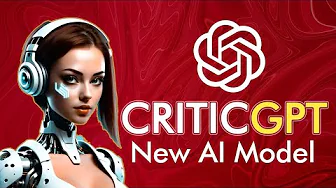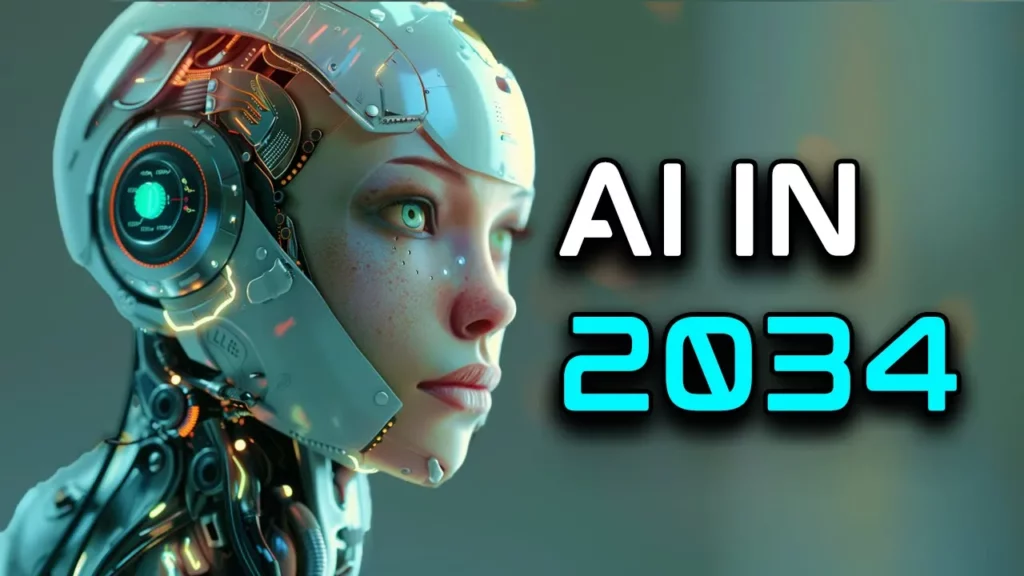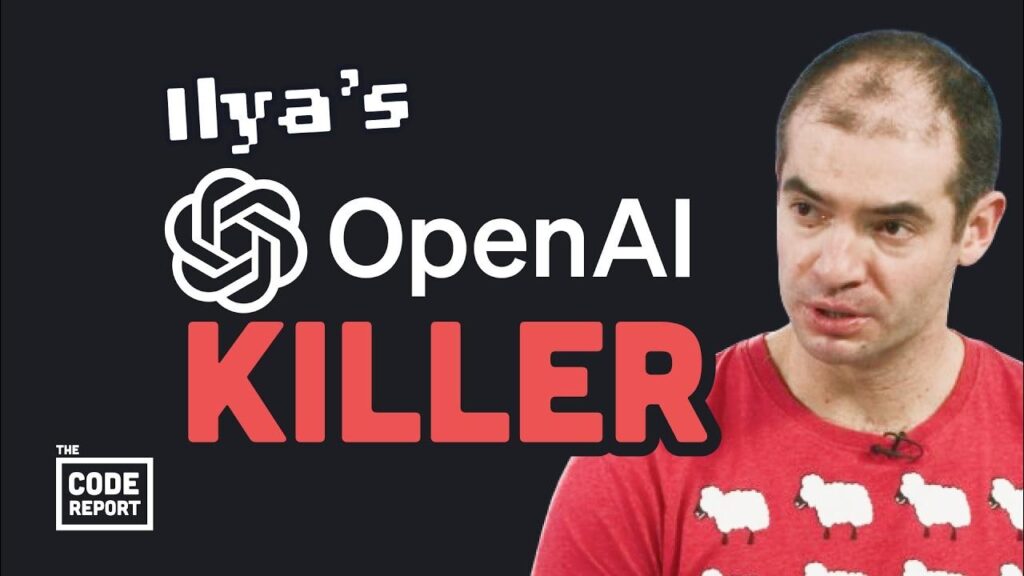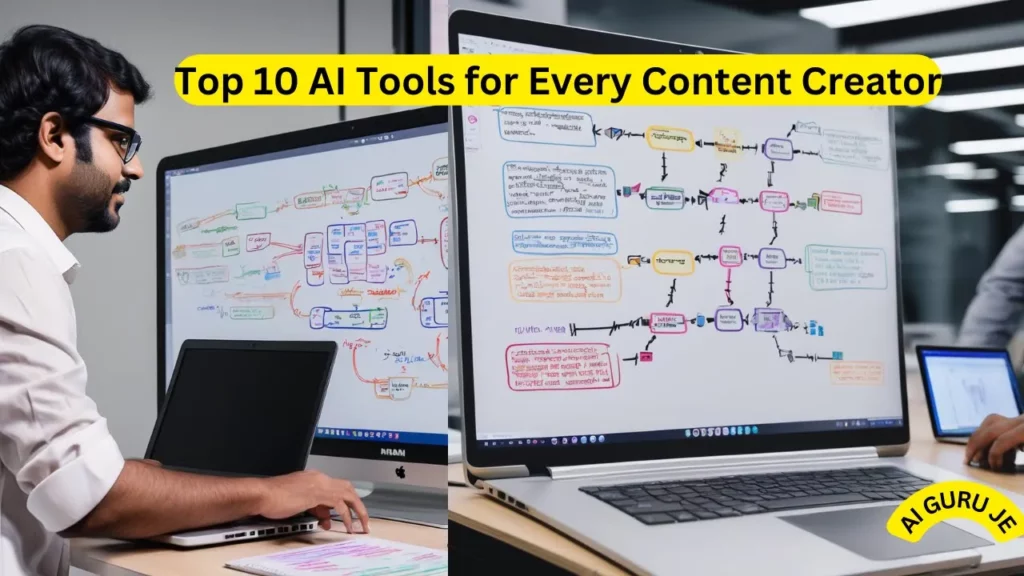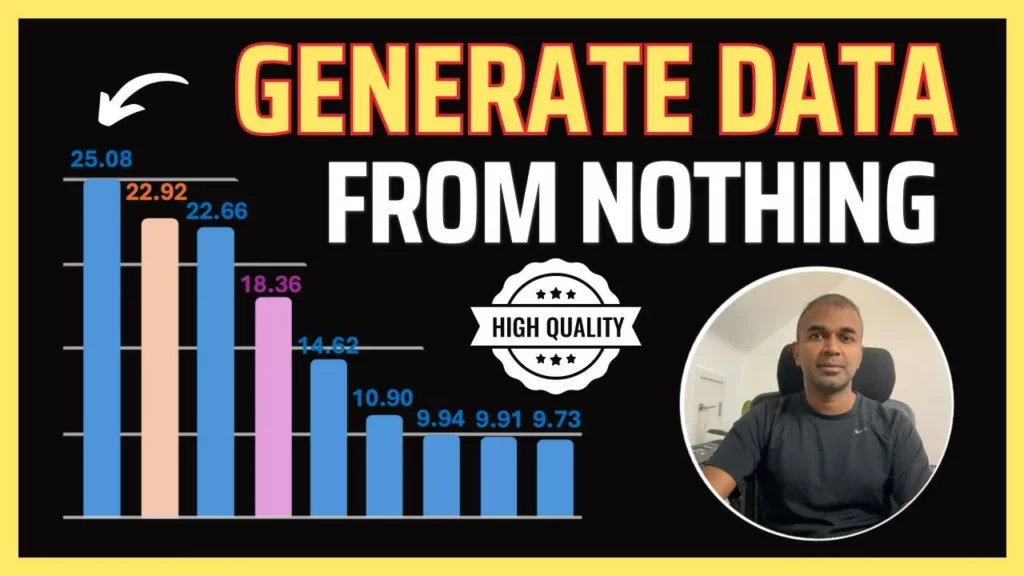OpenAI’s recent innovation, Critic GPT, has taken the AI world by storm. Imagine having a super intelligent AI critic that can detect errors in other AI models with precision and clarity. This new model serves as a valuable asset in the realm of AI development, specifically in improving the accuracy of identifying mistakes and enhancing the efficiency of human reviewers.
Critic GPT’s training process involved deliberately inserting mistakes into code generated by Chat GPT and providing feedback on these errors. This unique approach enabled Critic GPT to learn to critique errors accurately. The results speak for themselves, with Critic GPT outperforming Chat GPT in detecting mistakes in 63% of cases. Additionally, the model uses two types of evaluation data – human-inserted bugs and human-detected bugs – to provide a comprehensive assessment of its performance.
One of the key advantages of Critic GPT is its ability to assist human reviewers in writing more thorough critiques without the risk of hallucinating errors. By integrating this model into the reinforcement learning process, AI trainers can benefit from explicit AI assistance, leading to enhanced performance in real-world applications.
Critic GPT’s usage of Force Sampling Beam Search (FSBS) allows it to generate longer and more comprehensive critiques while maintaining accuracy. This method ensures that the feedback provided is not only detailed but also direct, minimizing false positives and hallucinations.
Moreover, the collaboration between human expertise and AI assistance through Critic GPT exemplifies a successful partnership in addressing the challenges of evaluating and improving sophisticated AI models. By complementing human capabilities rather than replacing them, Critic GPT signifies a step forward in enhancing the AI development process.
In conclusion, Critic GPT stands as a testament to innovative approaches in AI development, emphasizing the significance of both AI and human reviews in advancing the field. The model’s effectiveness in error detection and feedback provision underscores its essential role in shaping the future of AI development.
